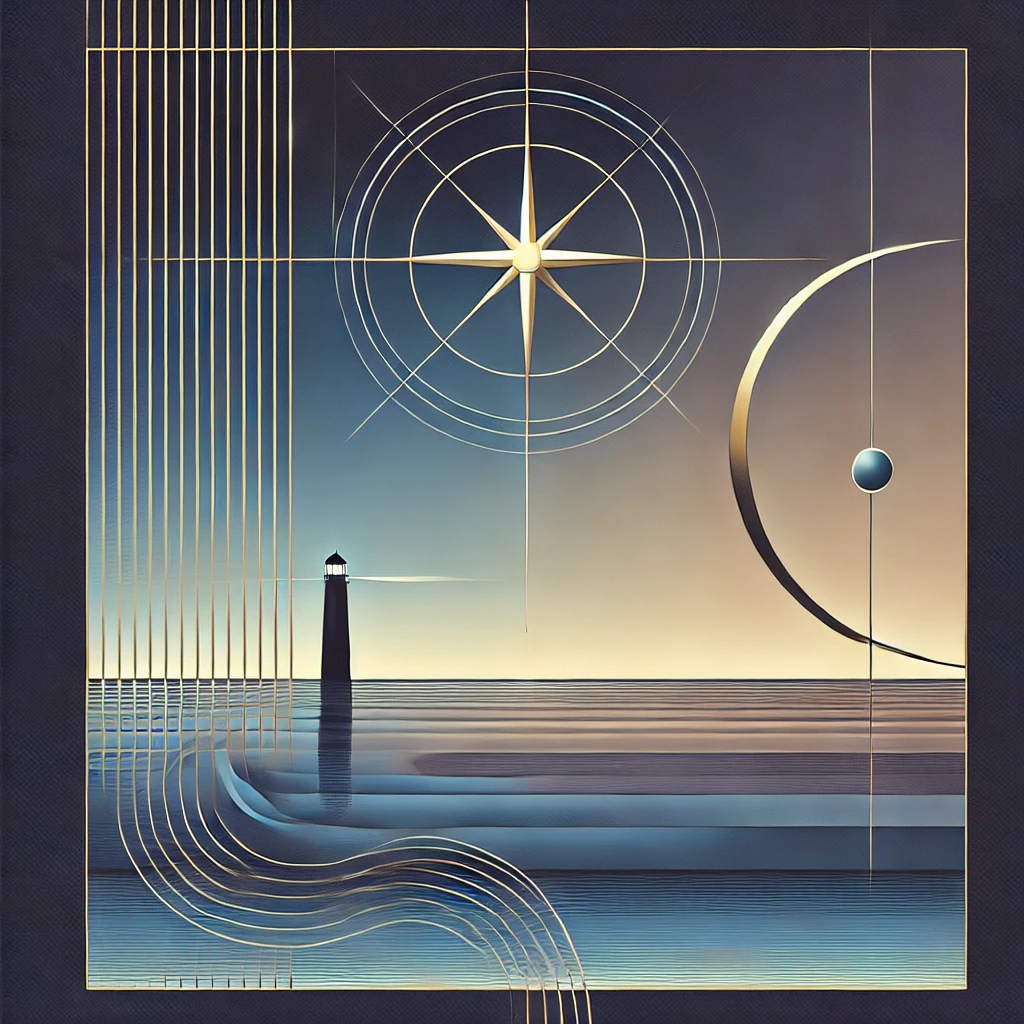
ChatGPT:
William Shakespeare’s Sonnet 116 is one of the most revered and frequently cited love poems in the English literary canon. It stands as a bold declaration of the enduring, immutable nature of true love, emphasizing its steadfastness in the face of adversity, time, and change. The sonnet, written in Shakespeare’s characteristic iambic pentameter and adhering to the traditional Shakespearean sonnet form, explores the metaphysical qualities of love, aligning it with celestial and nautical imagery to suggest its transcendent and guiding power. This essay offers a close reading of Sonnet 116, analyzing its language, structure, and philosophical implications to argue that Shakespeare presents love as an absolute, invulnerable force, untouched by time and human frailty.
Love as an Immutable Ideal
The opening quatrain establishes the poet’s resolute stance on love. Shakespeare begins with an almost legalistic assertion:
Let me not to the marriage of true mindsAdmit impediments; love is not love
Which alters when it alteration finds,
Or bends with the remover to remove.
The phrase “marriage of true minds” immediately frames love as a union that transcends physical attraction or social constructs. Shakespeare’s invocation of marriage is not in the conventional, legal sense, but rather as a spiritual or intellectual connection—one in which minds, rather than mere bodies, are joined. This perspective aligns with the Platonic notion of ideal love, which values mental and emotional compatibility over physical desire.
The phrase “Admit impediments” echoes the language of the Anglican marriage ceremony, in which a priest asks if there is any lawful reason why a couple should not be wed. However, Shakespeare subverts this formality by asserting that no true impediments exist for “the marriage of true minds.” Love, he argues, is absolute; if it changes due to external circumstances (“alters when it alteration finds”) or fades when a lover withdraws (“bends with the remover to remove”), then it was never love to begin with. In this sense, Shakespeare is not defining love by what it is, but by what it is not, reinforcing his claim that true love is unwavering.
Love as a Guiding and Enduring Force
In the second quatrain, Shakespeare shifts from negation to affirmation, presenting a striking metaphor that crystallizes his concept of love:
O no, it is an ever-fixed markThat looks on tempests and is never shaken;
It is the star to every wand’ring bark,
Whose worth’s unknown, although his height be taken.
Here, love is compared to an “ever-fixed mark,” a navigational beacon—likely a lighthouse or an immovable star—that remains constant despite external disturbances (“tempests”). This metaphor suggests not only love’s stability but also its ability to guide those who are lost or uncertain. The phrase “never shaken” reinforces the earlier claim that love does not change under pressure.
The celestial imagery continues with the comparison of love to a guiding star: “It is the star to every wand’ring bark.” The wand’ring bark (a metaphor for a lost ship) represents human beings navigating the unpredictable and often treacherous waters of life. Shakespeare implies that love, like the North Star, provides direction and certainty. Yet, intriguingly, he also acknowledges that love’s full value is unknowable: “Whose worth’s unknown, although his height be taken.” Just as a sailor can measure a star’s altitude but never grasp its true essence, love’s depth and power cannot be fully understood, only experienced.
Love and the Power of Time
The third quatrain introduces a powerful challenge to love’s greatest adversary—time itself:
Love’s not time’s fool, though rosy lips and cheeksWithin his bending sickle’s compass come.
Love alters not with his brief hours and weeks,
But bears it out even to the edge of doom.
Shakespeare personifies Time as a grim reaper wielding a “bending sickle,” an image of mortality and decay. The phrase “rosy lips and cheeks” represents youthful beauty, which inevitably falls within Time’s domain. However, Shakespeare makes a crucial distinction: while physical beauty is transient, love is not “Time’s fool.” That is, love does not succumb to the passing of time; it does not fade with age or death.
The final line of the quatrain—“bears it out even to the edge of doom”—is one of the most striking declarations in the sonnet. The edge of doom likely refers to Judgment Day, the ultimate end of time. Shakespeare’s assertion is radical: love is not only immune to time’s passage but will persist beyond human existence itself. This view aligns with the Renaissance ideal of eternal love, a concept influenced by medieval courtly love traditions and Platonic philosophy, both of which held that true love is not bound by earthly constraints.
The Poet’s Ultimate Certainty
The concluding couplet serves as a bold proclamation of the poet’s confidence in his definition of love:
If this be error and upon me proved,I never writ, nor no man ever loved.
This statement is both a challenge and a testament to Shakespeare’s conviction. He stakes his entire literary reputation on the truth of his words: if his description of love is false, then he has never written anything meaningful (“I never writ”), and true love has never existed (“nor no man ever loved”). This hyperbolic conclusion is not merely rhetorical flourish; rather, it reinforces the sonnet’s core theme: the absolute, unassailable nature of love.
Philosophical and Literary Implications
Shakespeare’s Sonnet 116 is more than a meditation on romantic love; it is a philosophical statement about the nature of human connections and the enduring power of emotional bonds. It presents love as a transcendental force, akin to truth or beauty, that exists beyond time and circumstance.
The poem’s unwavering stance on love can be read in several ways. On one level, it is a deeply optimistic vision that elevates love to the status of an ideal, immune to worldly disruptions. On another, it is almost paradoxical: Shakespeare defines love in absolute terms, leaving no room for the complexities and imperfections that often characterize real relationships. This idealism has led some critics to interpret the poem as aspirational rather than descriptive, portraying love not as it is, but as it should be.
Additionally, the sonnet’s philosophical stance resonates with both Neoplatonic and Christian traditions. Neoplatonism, which influenced Renaissance thought, held that love was a divine force leading the soul toward truth and perfection. Meanwhile, the Christian notion of agape (unconditional love) shares similarities with Shakespeare’s portrayal of love as unwavering and eternal.
Conclusion
Sonnet 116 is one of Shakespeare’s most profound explorations of love’s nature, presenting it as an immutable, guiding force that transcends time, change, and external pressures. Through powerful imagery and resolute declarations, Shakespeare constructs a vision of love that is both idealized and deeply compelling. Whether read as a reflection of Renaissance philosophy, a deeply personal conviction, or an aspirational ideal, the poem continues to resonate across centuries, affirming love’s enduring power in the human experience.

